This subminGAS is a dangerous thing!
I was recently tempted by a Pentax Auto 110, being sold locally for not much more than ‘spares or repair” money and described as ‘collectible’ so I wasn’t expecting too much. I also found a 50mm tele with part of its filter ring missing, an example of the brittle plastic this camera apparently suffers from. Just the sort of needy things that I enjoy coaxing images out of.
When I bought a very inexpensive Minolta 110 a while back to try out the format little did I realise it would lead to three more cameras, the modification of one, several cartridges and a developing tank spiral, and other stuff like the film slitter I made. So this latest chapter may just be the final one, having reached a stage where the only remaining things likely to temp me would be the Minolta 110 SLRs or the CRF Canon 110s, though I don’t expect to find any I can afford.
Certainly everything seemed OK with the Pentax but the batteries had obviously been leaking badly at some point and was still a little dusty so I began to brush it out. This caused the collapse of some of the plastic between the battery and cartridge compartments, an example along with the 50mm’s filter ring, of the brittle nature of some of the plastic used. There are some cracks in the plastic also, likely the result of over-tightening the screws. Things had been made worse by someone using an adhesive that had melted other bits of the plastic in an attempt at repair. Nevertheless, everything seemed to work with the exception of the film speed sensing feeler. This was clearly not connected to anything and just flopped in its groove so I had to decide what film speed was being used by the metering system because I could hear that the shutter was operating at different speeds with varying light levels.
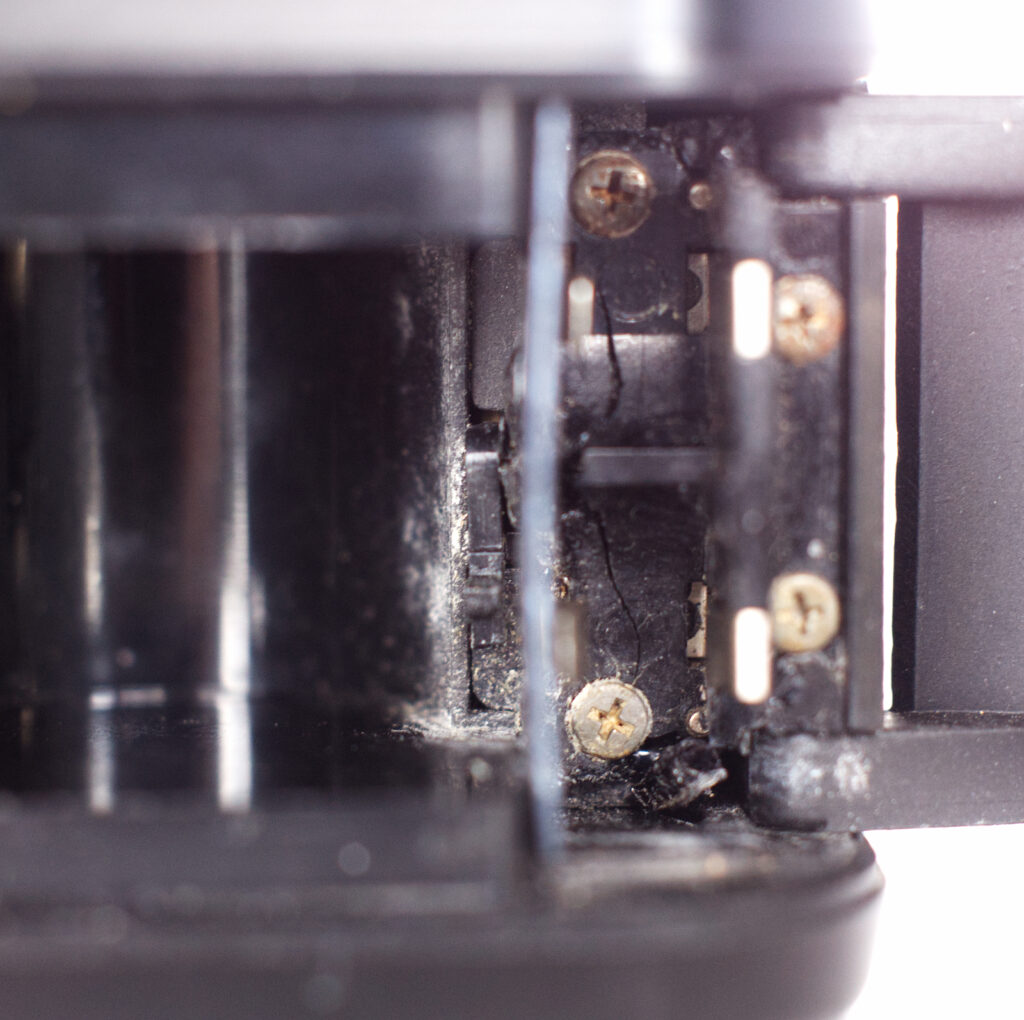
Helpfully, the Pentax’s viewfinder LED changes from yellow to green when 1/30 is reached. Checking against a handheld meter showed that this exposure point corresponds to 1/30 at f2.8, the programmed aperture, and ISO 80. Listening to the shutter the speed at this point sounded to be 1/30ish so I was confident to put a film through at ISO 80 or so.
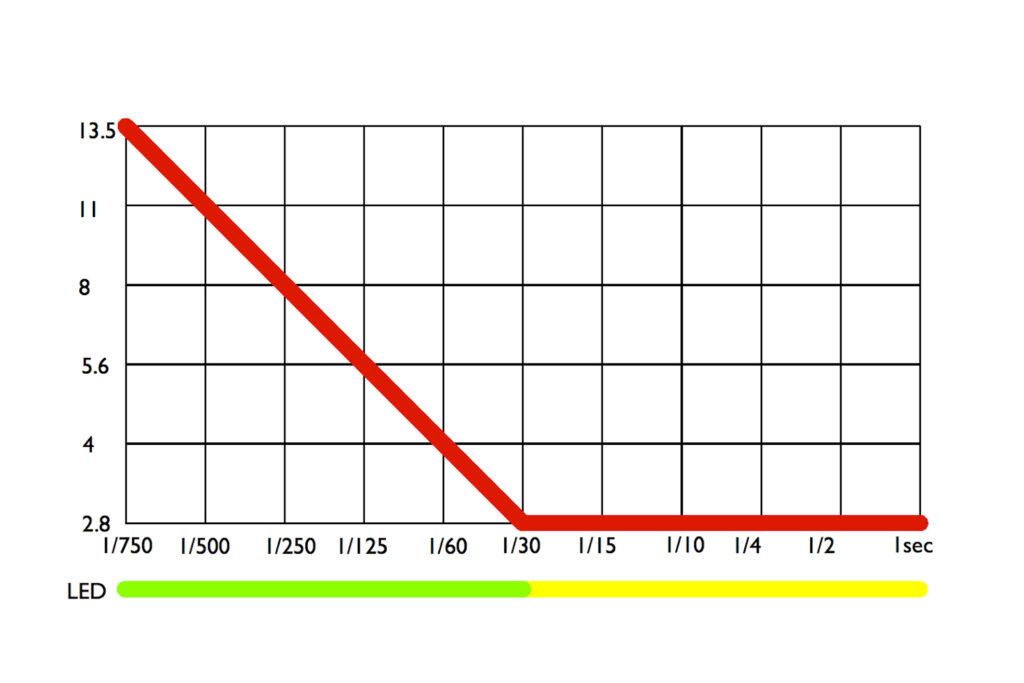
The meter is programmed between 1 second and 1/750 sec and between f2.8 and f13.5. The aperture remains at f2.8 from 1 sec. to 1/30, speed and aperture then proceeding in tandem above this.
I made a plastic divider to support the battery contacts and covered the window in the camera back since the film I use has no backing paper and lined the cartridge with a length of backing paper from an earlier film.
The marks on the 18mm lens cleaned up fairly well but one stubbornly refused to respond so a tiny touch of matt black will be called for if any flare shows itself. Apart from the filter ring, the 50mm seems to be in good working order.
The camera in question.
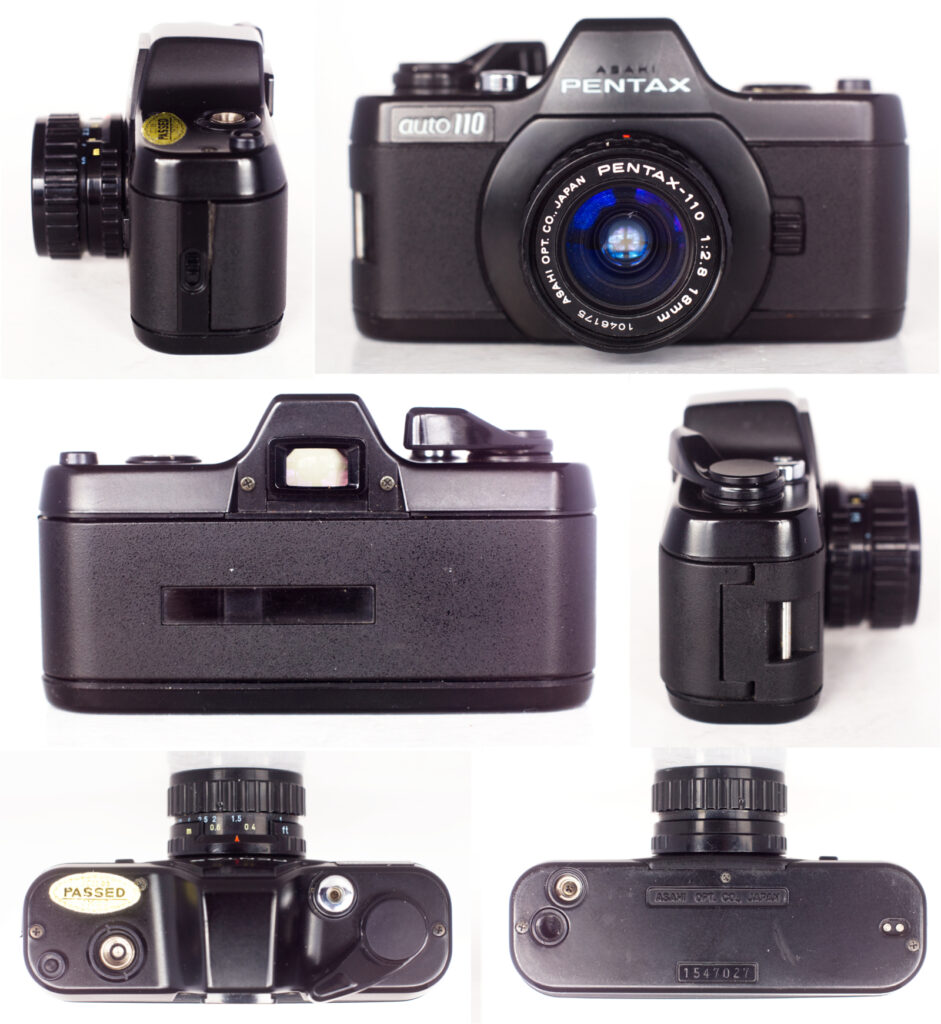
It really is a small instrument, only a little longer than a 110cartridge and justifiably claimed to be the world’s smallest SLR. Being a Pentax it is very well made, a lot of plastic of course but very well constructed apart from the brittle components mentioned. Form factor is SLR-like with a pentaprism viewfinder that is commendably bright with a quite generous horizontal split image spot in the centre. I found it a little trickier to focus than I expected but it became easier with a good deal of concentration. Despite the brightness, the split image spot is somehow slightly indistinct and less easy to make out than, say, a coupled rangefinder’s coincident images. Might be my eyesight of course.
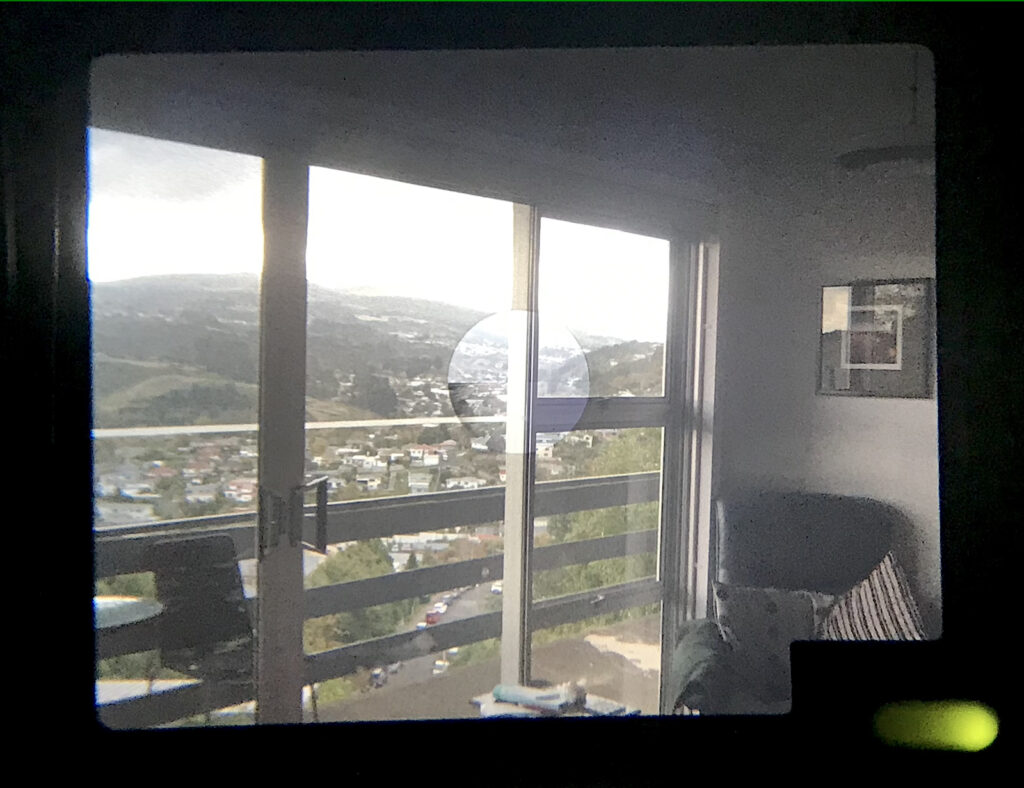
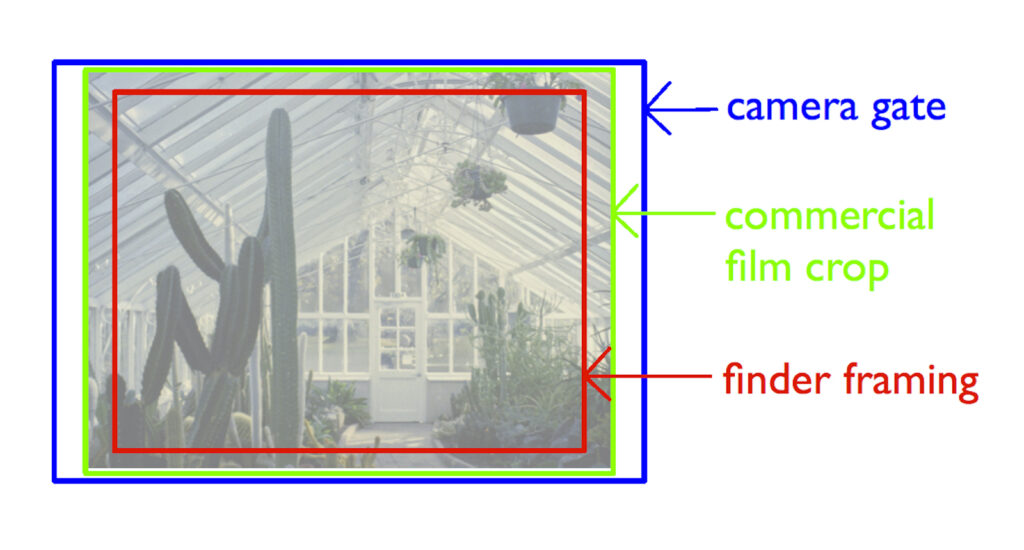
Another problem I felt I was going to have is that, because I re-use cartridges loaded with 16mm strips slit down from 120 film, this uses the whole of the image opening at the gate. The finder is only 87% coverage for the standard 13 x 17 mm dimensions dictated by commercial film. Using the full 13.5 x 19 mm available means it will have even less coverage so very tight framing will be needed to avoid too much cropping.
Wind on, shutter release and lens mounting are all standard, wind on being double stroke. Film loading is standard 110 drop in and the metering is programmed with no indication of settings except for the yellow/green LED or any manual control. The shutter and aperture are combined and placed in the body immediately behind the lens. The scissors-style shutter opens only far enough to produce the (square) aperture set by the meter so the lenses only have a focus helical and are very small as a result.
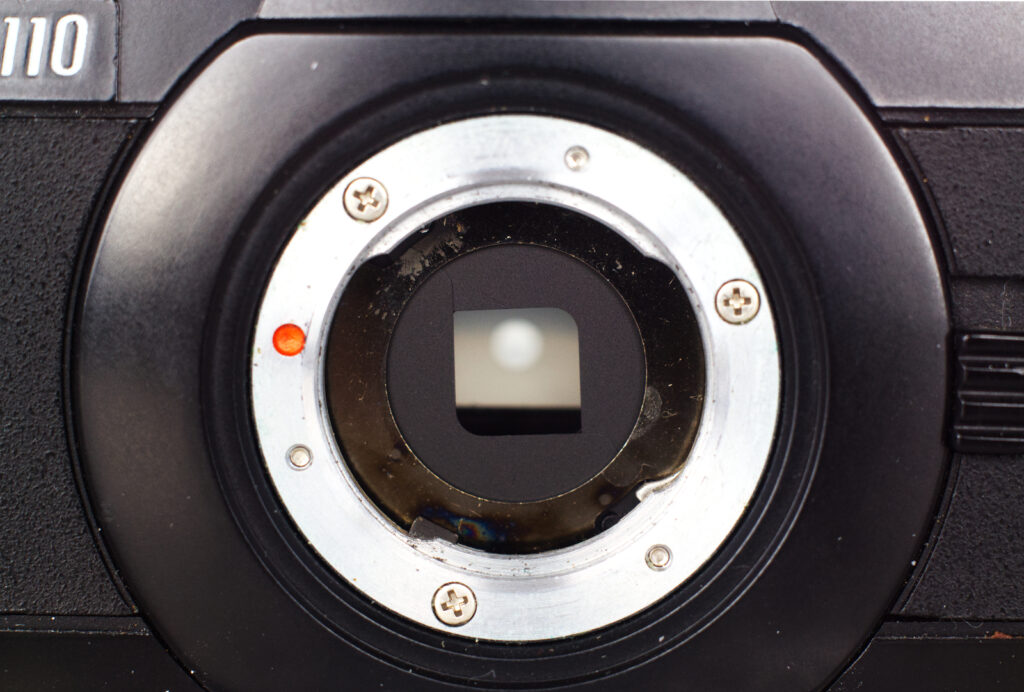
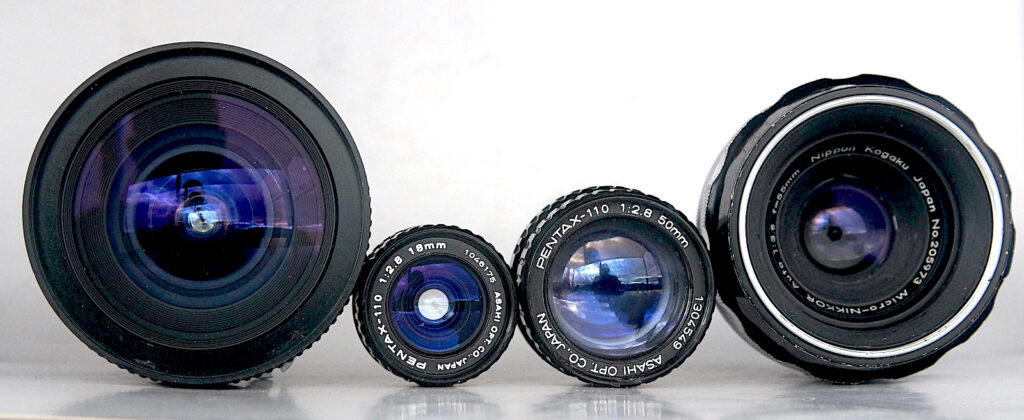
The body has flash connections on the top plate and a tripod socket and winder connections on the base. The camera was originally sold as a set with various accessories included as standard.
All the batteries needed are modern, mercury free types. The camera takes two A76 button types.
Testing it all out
As mentioned above, I had established that film speed was limited to ISO 80. Running a cartridge loaded with backing paper confirmed that the wind on is working and the shutter fires after each double stroke of the lever wind. The Pentax has a single feeler that engages with commercial film’s single perforation and only controls spacing and alignment with the film’s preprinted frame.
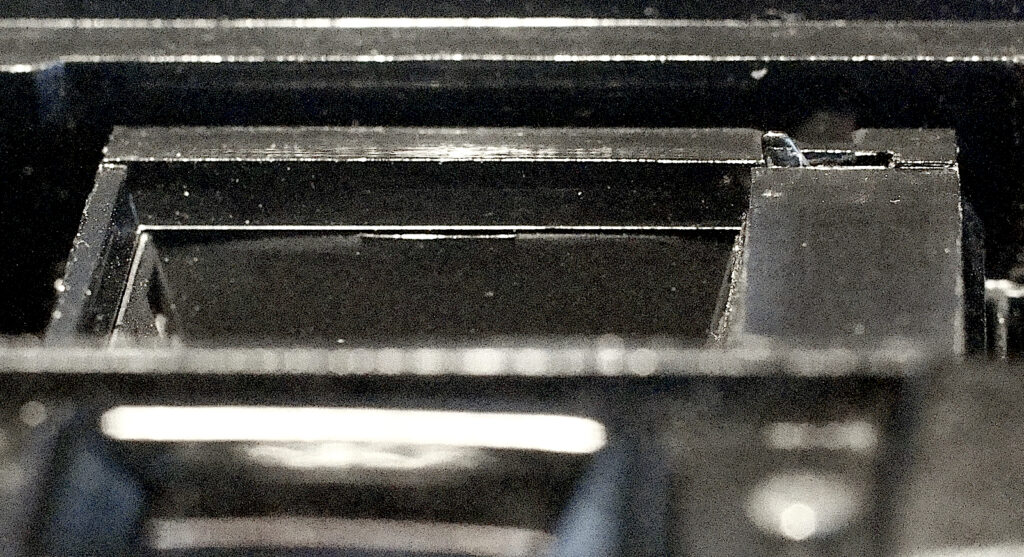
I don’t need to do anything for my purposes because the feeler that mates with the sprocket hole of 110 film only controls spacing, so un-perforated film just winds on each frame a little further. I found this gives 19 frames as compared to the 24 from a commercial film.
In use
For my first film, I used my last length of Rollei Superpan 200 developed in Rodinal 1:50 at box speed which is a touch of overdevelopment. The results are good but the camera seems to be suffering from some of the wind-on problems I have read about. I managed 18 frames of which 6 were blanks. From my research, the wind-on incorporates a kind of slipping clutch that must weakens over time and further strokes are needed to cock the shutter. Because I don’t use the framing control of sprockets, film is also wound on loosing frames as a result.
Light leakage was minimal but still intrudes on some frames. And the shiny plastic around the film gate has produced a light band along the edge of many negatives. This needs matting down. Also, the wide angle 18mm lens gives some very slight vignetting.
Despite all its faults, however, this little camera is a delight to use. The metering seems well sorted and produced some good negs despite the lack of any manual control. The finder and shutter release are definitely up to SLR standard.
I took the Cenotaph in Dunedin’s Queen’s Garden and the nearby Chinese Gardens entrance arch as the subjects for this first outing.
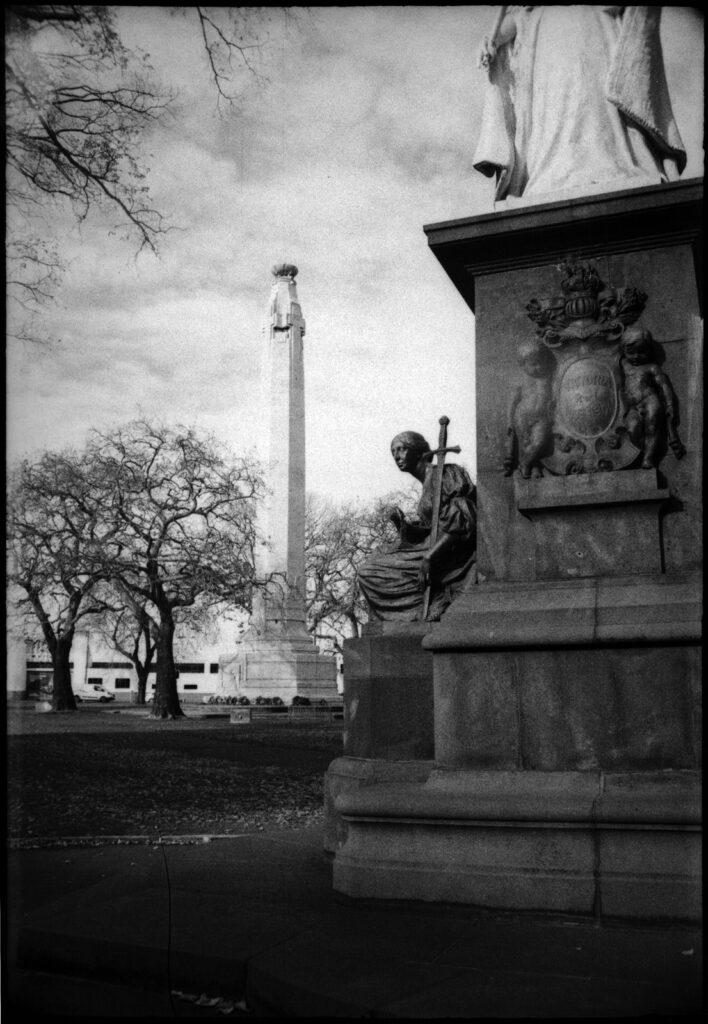
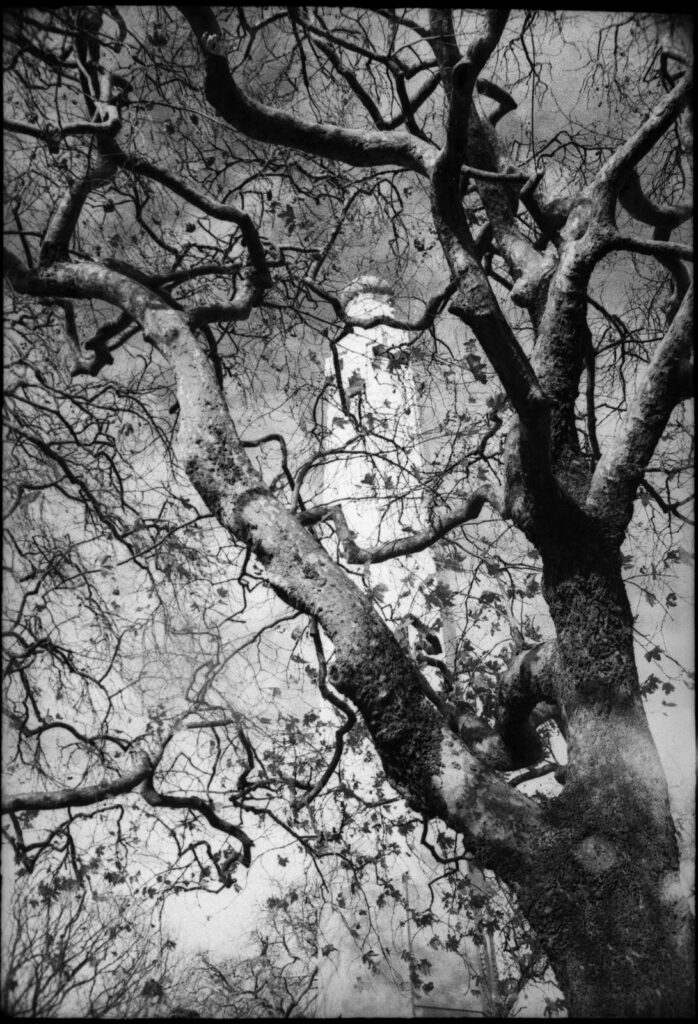
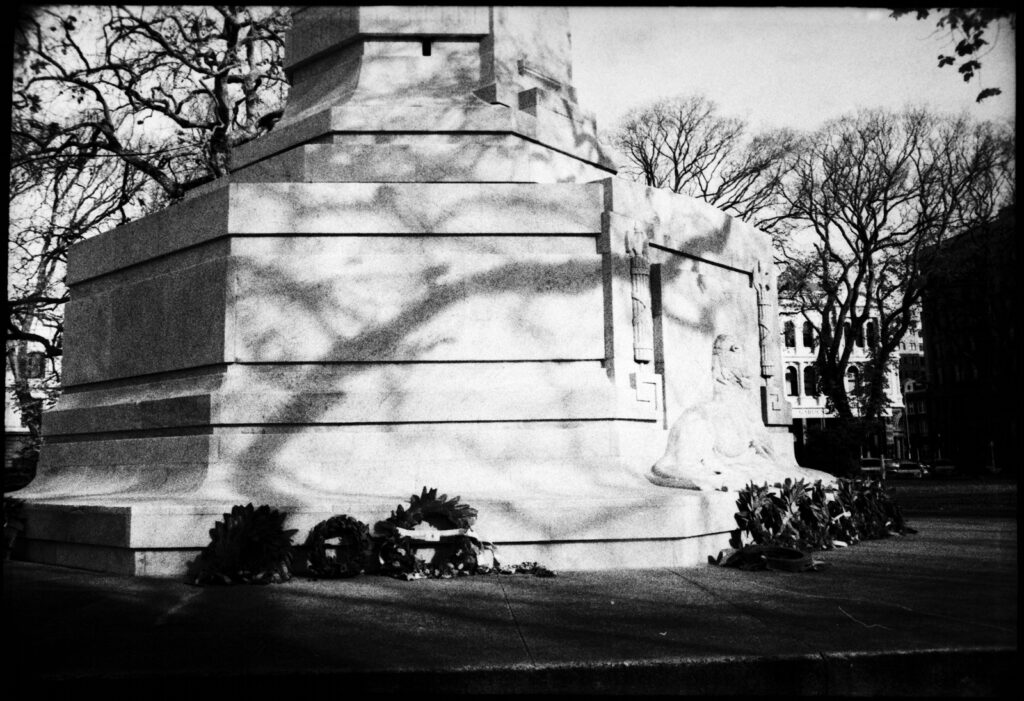
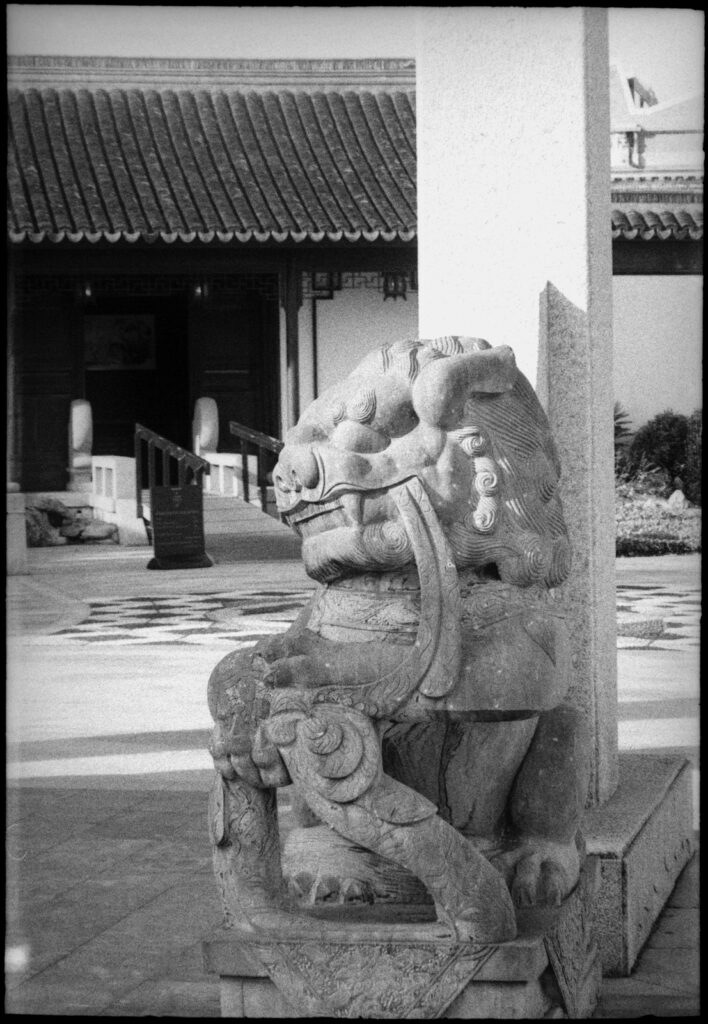
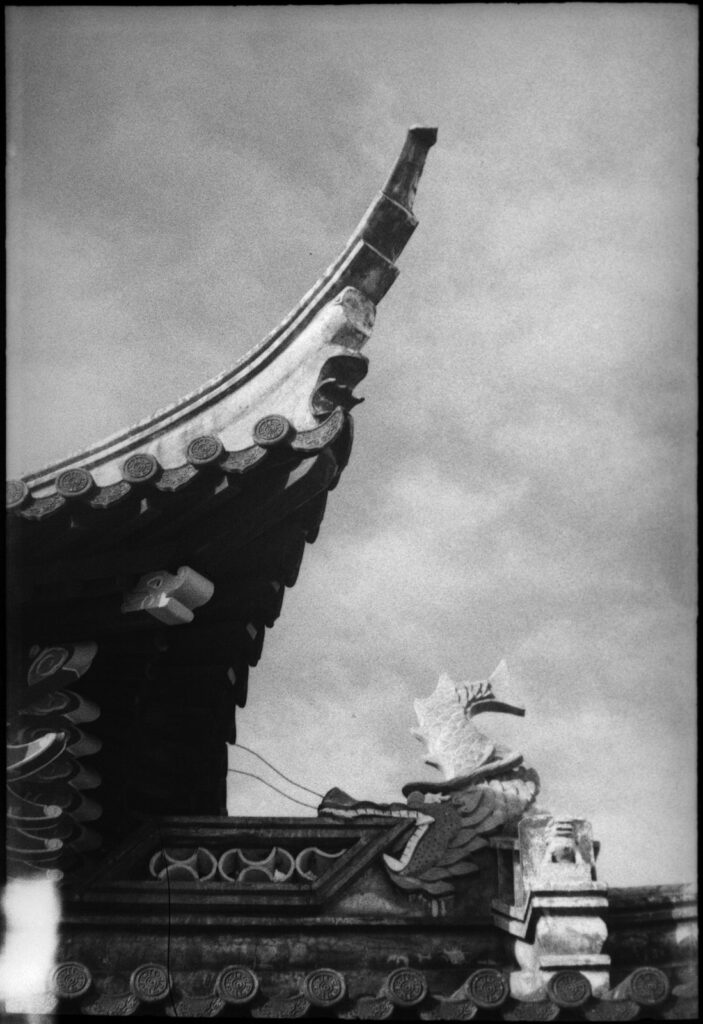
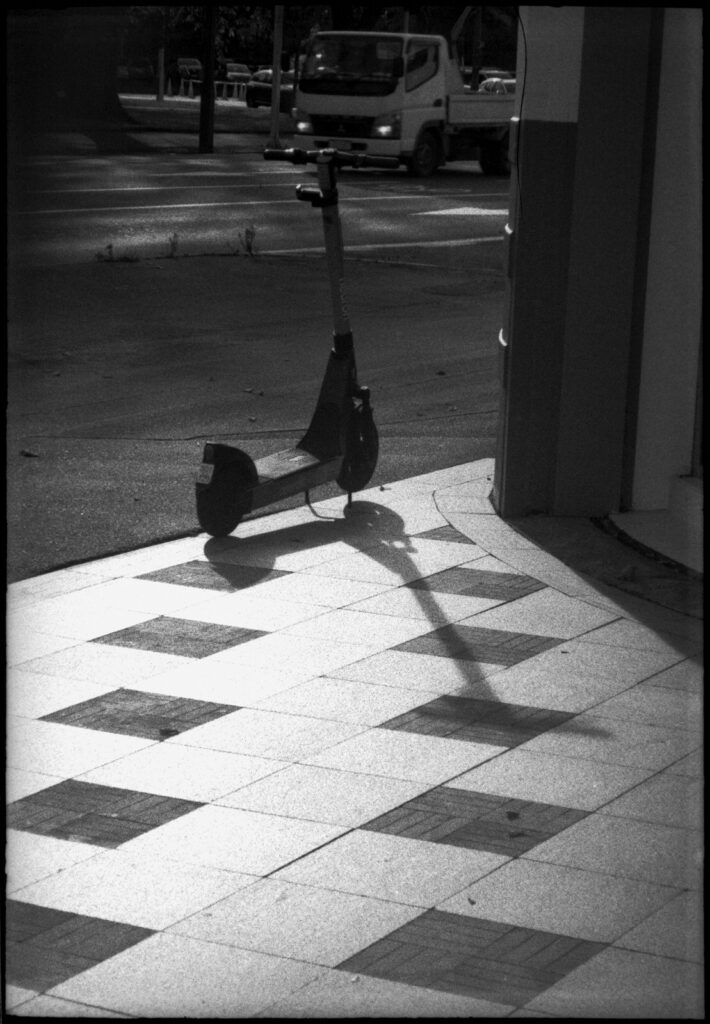
In conclusion.
I suppose the attraction of this small format comes out of the challenge to wring some decent results from the materials available. This has always been the challenge of the practice we now refer to as “analogue photography”. When it was simply called “photography” the process was very demanding to carry out really well, whatever the format being used. The Zone System and mastering colour printing in the early days were classic if extreme examples of what it could take back then.
If anything, pursuing it now is even more rewarding and demonstrates the huge advances that have been made in materials, equipment and processing methods, chemical and digital, all contributing to the results we can produce today.
Share this post:

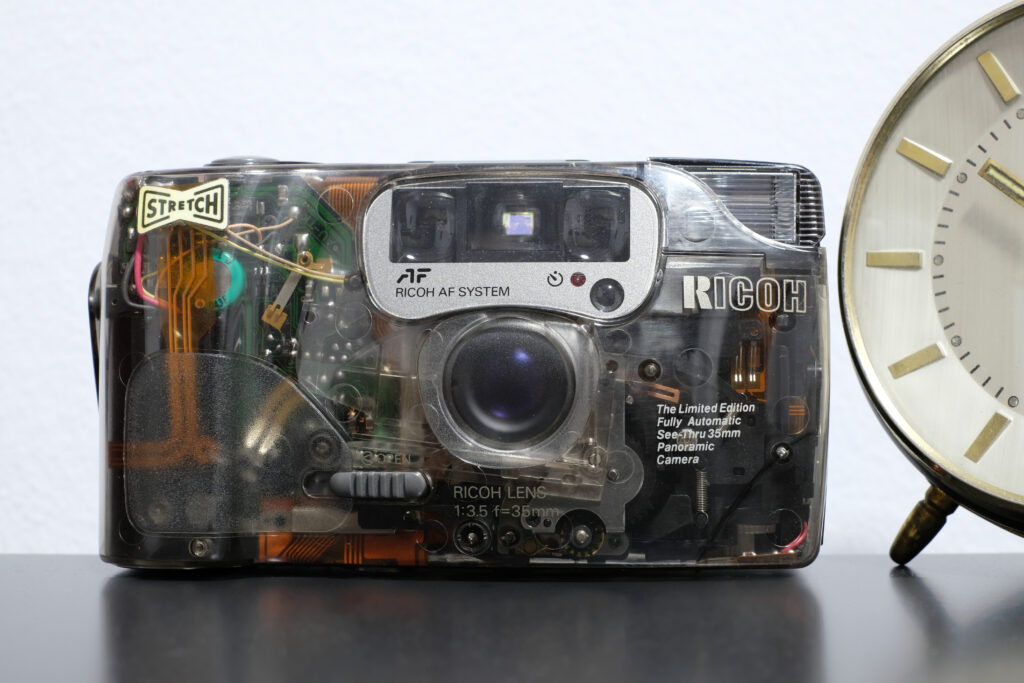
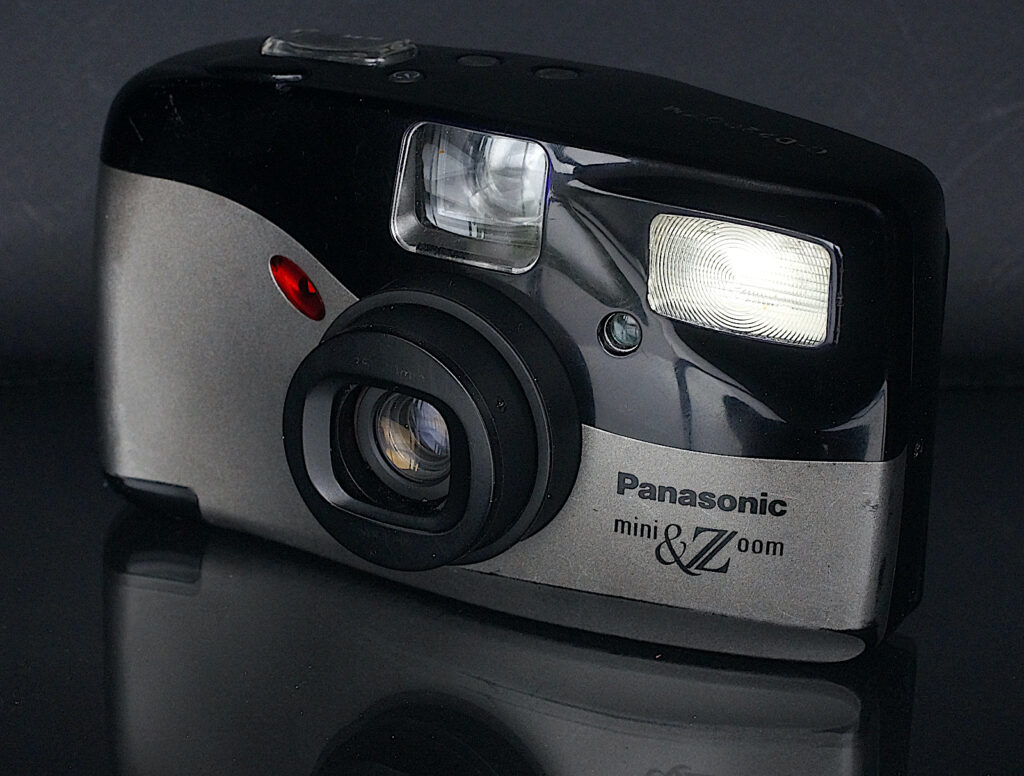
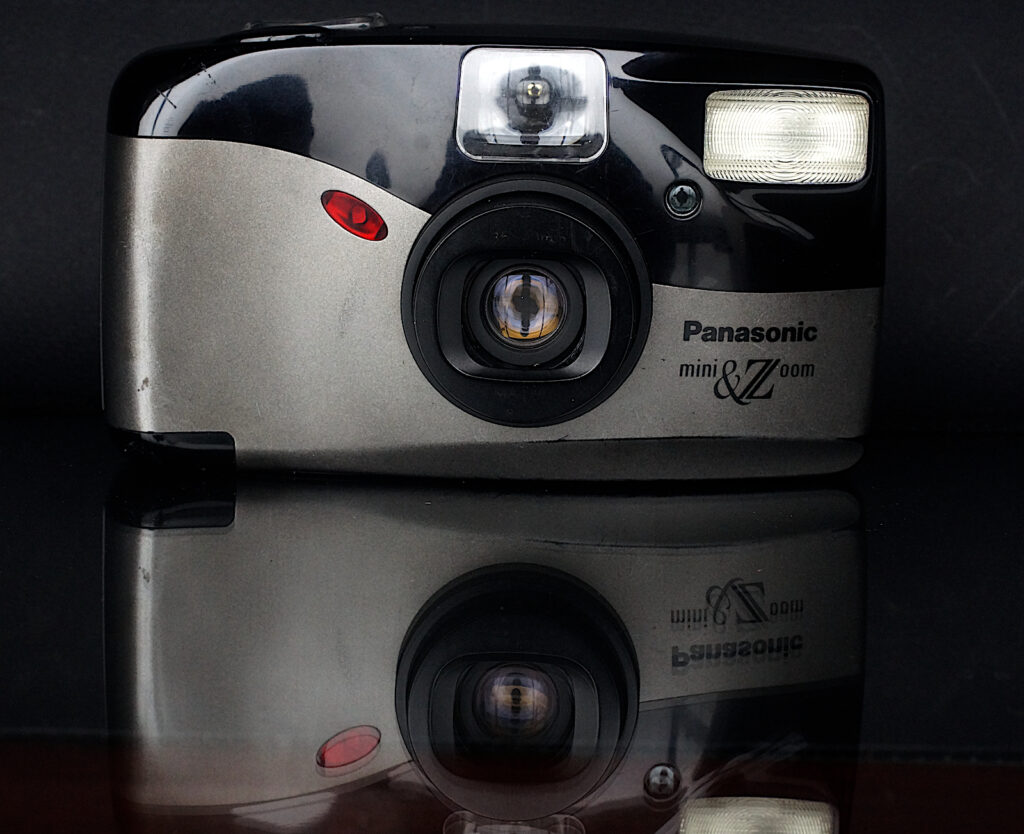
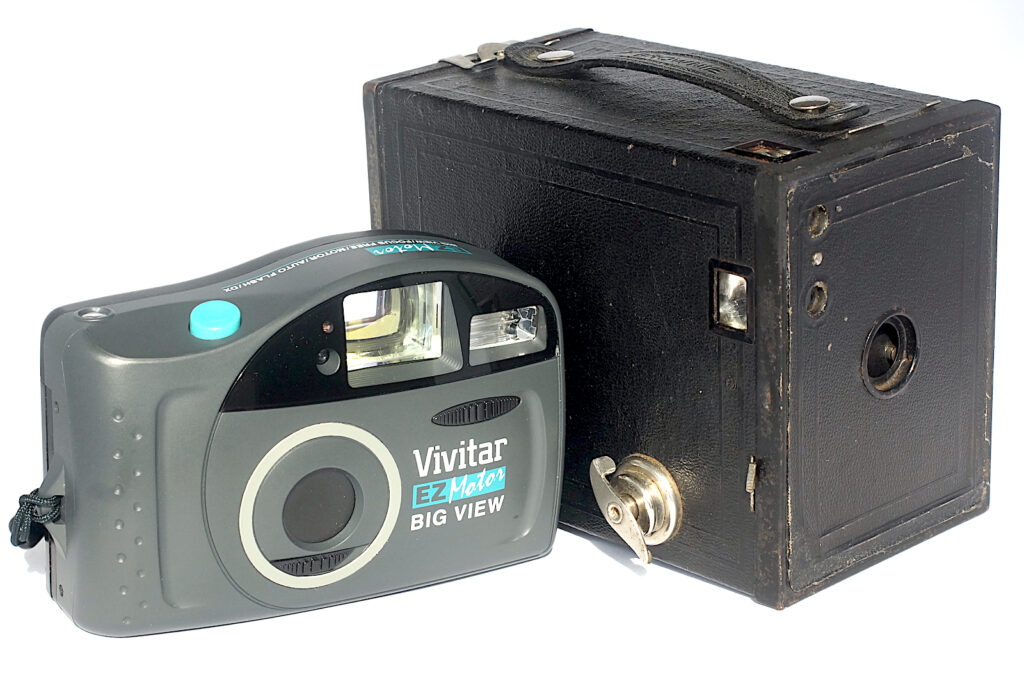




Comments
Bill Watts on Pentax Auto 110 – My First Experiences
Comment posted: 05/07/2024
I have 3 complete boxed sets in the Pentax flight cases and the get occasional use. The plastic does get brittle and was even a problem when new with the battery door clips on the winders failing a lot.
One of the biggest improvements is the film stock. Even Lomo Tiger has less grain when processed than films of the 1980's Although Fuji Superia 200 was always good - I suppose overexposing by about a stop also helps a little. The lenses are capable of resolving detail than restrictions imposed by the film grain can record, using slide film in the camera gave great results, particularly with reloaded Velvia 100.
Great little cameras, however, I think that despite being proper system cameras the Minolta Auto Zoom Mk I and MkII take the crown as they had not only zoom lenses but + and - 2 stops of exposure compensation allowing the correct exposure of reloaded films from 64 to 1600ISO.
Comment posted: 05/07/2024
Comment posted: 05/07/2024
Comment posted: 05/07/2024
Bob Janes on Pentax Auto 110 – My First Experiences
Comment posted: 05/07/2024
Comment posted: 05/07/2024
Martin on Pentax Auto 110 – My First Experiences
Comment posted: 05/07/2024
I want to add just one thing: These are really tiny smaller that they look even in the comparison shots. So tiny that I don't use mine without the winder attached which gives it a better grip, almost good ;-) Regarding the lenses people should think about holding them with thumb and one finger insted of a hand. More 8mm movie camera size that anything still photography.
But I like mine and it's easy to carry around. Did I mention that it is the size of a Mars/Milky Way bar but does better in the sun?
Comment posted: 05/07/2024
Myles on Pentax Auto 110 – My First Experiences
Comment posted: 05/07/2024
Comment posted: 05/07/2024
Ibraar Hussain on Pentax Auto 110 – My First Experiences
Comment posted: 05/07/2024
Wandering one of these and you’ve tempted me again!
Lovely lovely photography - the tones are exquisite especially in the first one
Comment posted: 05/07/2024
Neal Wellons on Pentax Auto 110 – My First Experiences
Comment posted: 05/07/2024
Your article has encouraged me to get my auto 110 off the shelf and load it as I have been using my rejuvenated Rollei A110 for a while and even tried a few rolls in my Holga micro 110 collection.
.
Comment posted: 05/07/2024
Gary Smith on Pentax Auto 110 – My First Experiences
Comment posted: 05/07/2024
Comment posted: 05/07/2024
Paul Quellin on Pentax Auto 110 – My First Experiences
Comment posted: 05/07/2024
Comment posted: 05/07/2024
Alexander Seidler on Pentax Auto 110 – My First Experiences
Comment posted: 07/07/2024
Comment posted: 07/07/2024
davesurrey on Pentax Auto 110 – My First Experiences
Comment posted: 09/07/2024
The Pentax Auto 110 holds a special place in my photographic heart as on my many trips abroad in the 70s onwards I couldn’t take my OM2 gear but resorted to the 110 for capturing memories. Being so compact it was so easy to take it when space was at a premium.
Today I have several Pentax 110s, plus Safari and Super versions along with every lens they made including the zoom and pan-focus ones.
The drawback was (and still is) trying to find somewhere that would process the film well, and not treat it with distain as if it came from a crappy, cheap, instamatic-type camera.
I also have a Minolta 110 Mark II, a Kodak Ektramax, Canon 110ED, Minolta Autopak 460Tx and a Voigtlander Vitoret 110 but the Pentax is the clear winner for me being a system camera.
Comment posted: 09/07/2024
Comment posted: 09/07/2024